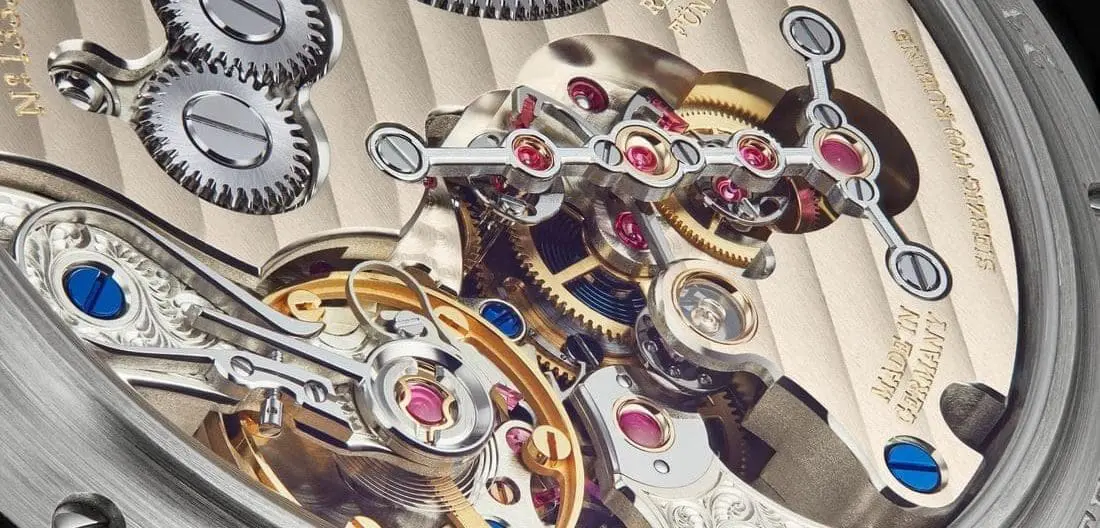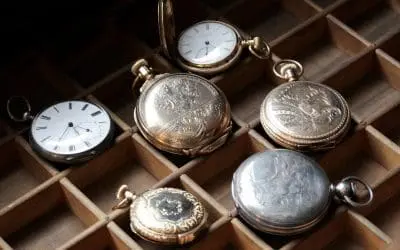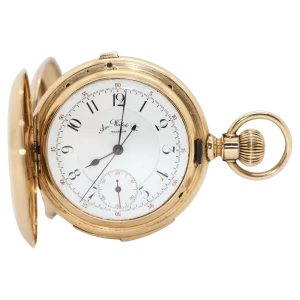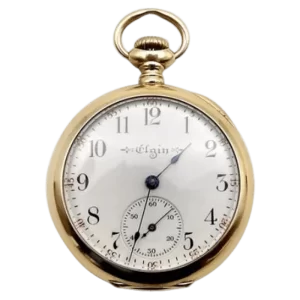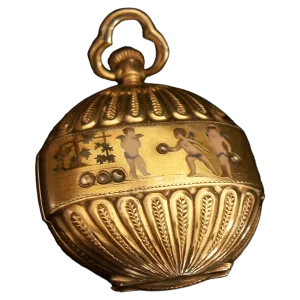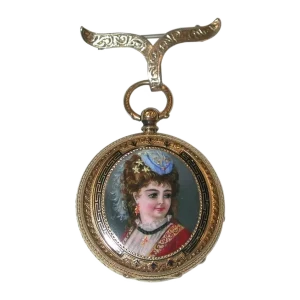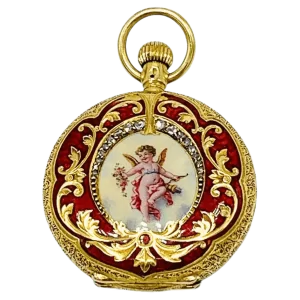Antique watches hold a special place in the world of timekeeping, with their intricate designs and rich history. These timepieces have been passed down through generations, and their value only increases with time. However, as with any valuable and delicate item, antique watches require proper care and maintenance to preserve their beauty and functionality. This is where the art of restoring antique watches comes into play. Restoring these timepieces not only ensures their longevity but also brings them back to their former glory. In this article, we will delve into the various techniques and tips for restoring antique watches, from the initial assessment to the final polishing. Whether you are an avid collector or just stumbled upon an old heirloom, this guide will provide you with the necessary knowledge and insight to properly restore and care for your antique watch. So, let us take a journey into the world of horological restoration and discover the secrets behind preserving these timeless treasures.
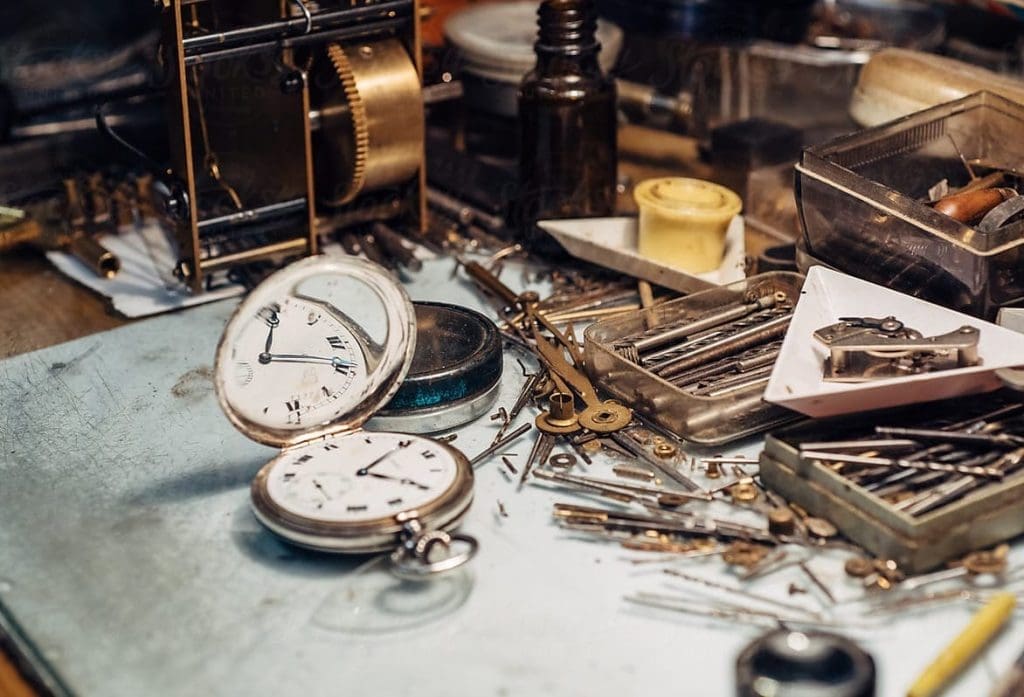
Properly clean and preserve dials.
To maintain the integrity and value of antique watches, it is crucial to properly clean and preserve their dials. Over time, dials can accumulate dirt, dust, and even tarnish, diminishing their original beauty and readability. When approaching the cleaning process, it is important to exercise caution and precision. Begin by removing the dial from the watch case, ensuring that all necessary precautions are taken to avoid any damage. Using a soft, lint-free cloth and a mild cleaning solution specifically formulated for delicate surfaces, gently wipe the dial in a circular motion, being mindful not to apply excessive pressure. Take care to avoid any moisture entering the watch mechanism, as this could lead to irreversible damage. Once cleaned, it is advisable to apply a protective layer, such as a specialized watch polish, to guard against future tarnish and enhance the dial’s longevity. By following these proper cleaning and preservation techniques, antique watch collectors can ensure that the dials remain pristine and retain their exquisite charm for years to come.
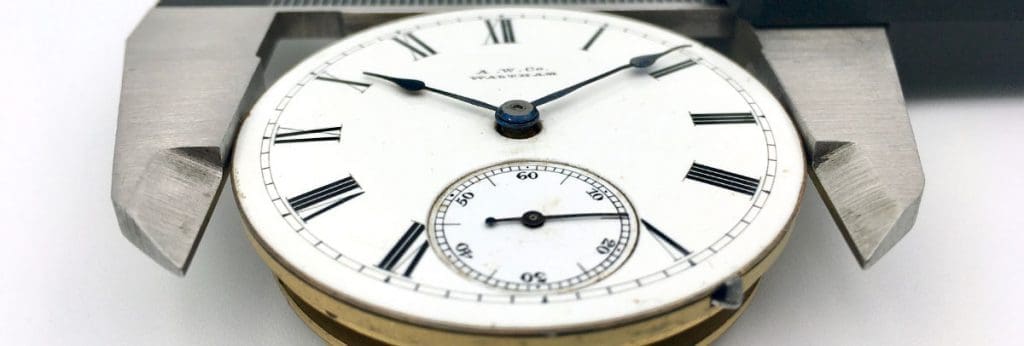
Use delicate tools for repairs.
When it comes to the intricate task of repairing antique watches, utilizing delicate tools is of utmost importance. These timepieces are not only valuable in terms of their monetary worth, but also hold historical and sentimental significance. Therefore, it is crucial to use tools specifically designed for the delicate nature of these watches. Precision screwdrivers with fine tips, tweezers with delicate grips, and soft, non-abrasive polishing cloths are essential for handling the intricate components of antique watches. These tools allow for careful disassembly, repair, and reassembly, ensuring minimal damage and preserving the integrity of the timepiece. By employing the use of such delicate tools, watch restorers can confidently navigate the intricate world of antique watch repairs and bring these timeless treasures back to their former glory.

Understand the inner workings.
In order to effectively restore antique watches, it is crucial to have a deep understanding of their inner workings. The intricate mechanisms and components of these timepieces require a meticulous approach and a keen eye for detail. Familiarizing oneself with the specific movement types, such as the lever escapement or the cylinder escapement, is essential for diagnosing issues and implementing appropriate repairs. Additionally, having a comprehensive knowledge of horological terminology and the functions of different watch parts is crucial for successfully disassembling, cleaning, and reassembling these delicate mechanisms. By understanding the inner workings of antique watches, restorers can confidently navigate the complexities of these timepieces and ensure their proper functioning and longevity.
Choose the right lubricant.
When it comes to restoring antique watches, one important aspect that should not be overlooked is the selection of the right lubricant. The choice of lubricant plays a crucial role in ensuring the smooth and efficient operation of the intricate mechanisms within these timepieces. It is essential to opt for high-quality lubricants specifically designed for watch movements, as they offer the necessary viscosity and protection against wear and friction. Different parts of the watch require different types and amounts of lubricant, so it is vital to refer to manufacturer guidelines or consult with experienced professionals in the field. By choosing the right lubricant, restorers can ensure the longevity and optimal functioning of the delicate components in antique watches, preserving their historical value and beauty for generations to come.
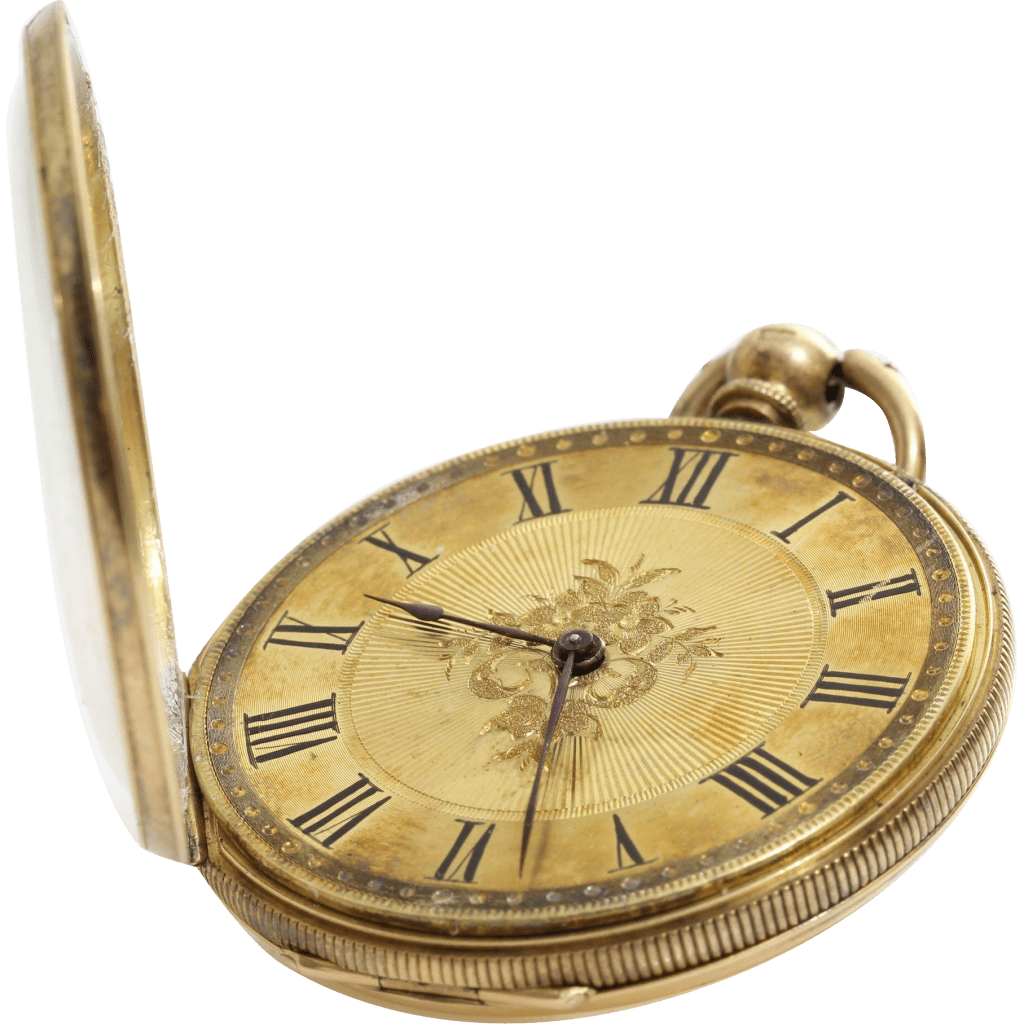
Carefully reassemble the movement.
Once the necessary repairs and cleaning have been completed, the next step in restoring antique watches is the careful reassembly of the movement. This delicate process requires a meticulous approach to ensure that all components are correctly aligned and properly secured. Each gear, wheel, and spring must be placed with precision, taking into account the intricate interplay between these intricate parts. It is crucial to handle each piece with the utmost care to avoid damage or misalignment. The use of specialized tools, such as tweezers and screwdrivers, is essential in this process to ensure the safe and accurate placement of each component. By methodically reassembling the movement, restorers can bring the antique watch back to life, allowing it to function seamlessly and showcase its timeless beauty.
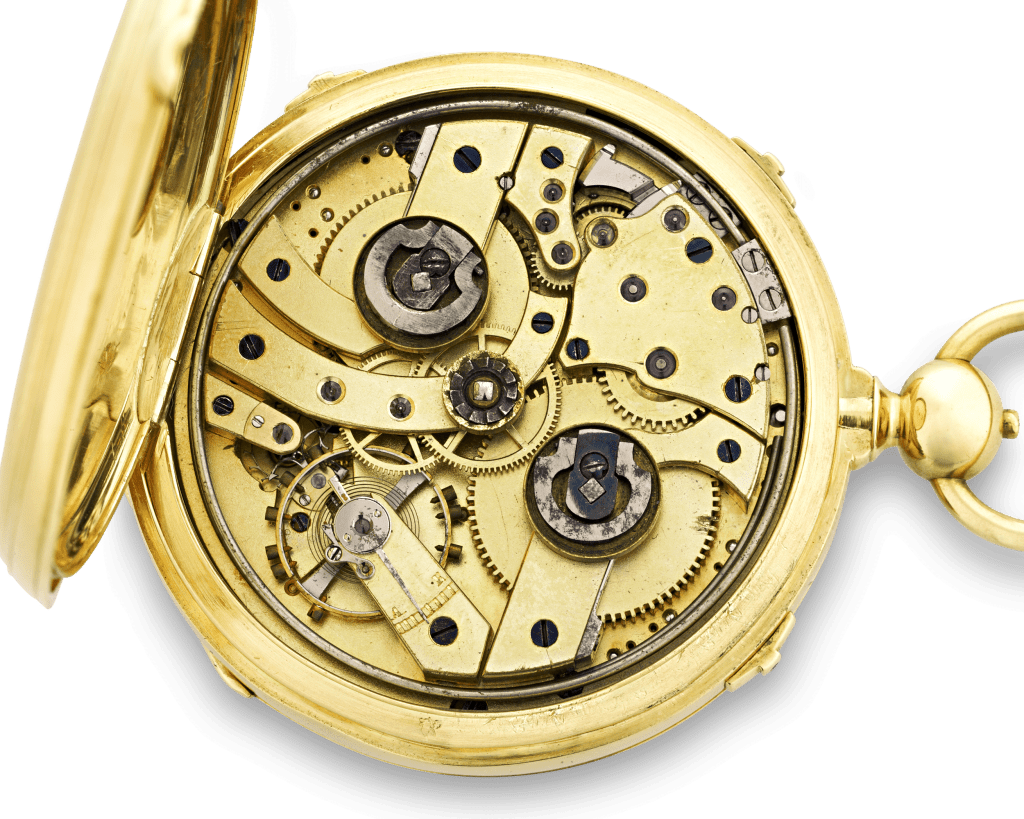
Use ultrasonic cleaning for parts.
To further enhance the restoration process of antique watches, professionals often turn to the method of ultrasonic cleaning for parts. Ultrasonic cleaning utilizes high-frequency sound waves to create microscopic bubbles that gently yet effectively remove dirt, grime, and contaminants from the intricate components of a watch movement. This non-invasive technique ensures that even the most hard-to-reach areas are thoroughly cleaned without causing any damage or abrasion to the delicate surfaces. By immersing the disassembled parts in a specifically formulated cleaning solution and subjecting them to the ultrasonic waves, restorers can achieve a level of cleanliness that is not easily attainable through manual methods alone. The ultrasonic cleaning process greatly contributes to the overall restoration of antique watches, ensuring that each component is pristine and ready to be reassembled with precision.
Replace worn or missing parts.
As an integral part of the restoration process, replacing worn or missing parts in antique watches is a crucial step towards bringing these timepieces back to their former glory. Over time, the gears, springs, and other components in a watch can deteriorate or become damaged, affecting its functionality and aesthetic appeal. Skilled watch restorers carefully assess the condition of each part and identify those that require replacement. Through meticulous research, they source authentic and compatible parts, ensuring that the integrity and historical accuracy of the watch are maintained. By skillfully integrating these new components into the timepiece, restorers not only enhance its performance but also preserve its value and historical significance. This attention to detail and commitment to preserving the authenticity of antique watches is what sets apart the skilled artisans in the field of restoration.
Be gentle when winding hands.
When it comes to restoring antique watches, precision and delicacy are essential. One particular area where extra care must be taken is when winding the hands of the timepiece. The hands of an antique watch are often fragile and can easily be damaged if not handled gently. It is crucial to avoid applying excessive force or pressure when setting the time or winding the watch, as this can lead to misalignment or even breakage of the delicate hands. By employing a light touch and ensuring a smooth and controlled motion, watch restorers can safeguard the integrity of the hands and preserve the overall functionality and aesthetics of these timeless treasures.
Seek professional help when necessary.
In the intricate world of restoring antique watches, it is important to recognize the limits of our own expertise. While many enthusiasts and collectors possess a wealth of knowledge and skills, there are times when seeking professional help becomes necessary. Certain restoration tasks, such as intricate dial work or movement repairs, require specialized tools, techniques, and experience that only professional watchmakers possess. Rather than risking irreversible damage or compromising the value of the timepiece, it is wise to consult a qualified professional who can provide guidance and assistance when needed. By recognizing the importance of seeking professional help when necessary, we can ensure the preservation and longevity of these precious artifacts of horological history.
Store in a dry, dust-free environment.
To maintain the integrity and longevity of antique watches, it is imperative to store them in a dry, dust-free environment. Excessive moisture can lead to corrosion and damage to delicate components, while dust particles can interfere with the intricate mechanisms of the timepiece. To safeguard against these risks, it is recommended to store antique watches in a location with controlled humidity levels and minimal exposure to dust. Utilizing a specialized watch box or display case with proper sealing can provide an added layer of protection. Additionally, regular cleaning and dusting of the storage area will help ensure that the watches remain in optimal condition, allowing their beauty and craftsmanship to be enjoyed for years to come.
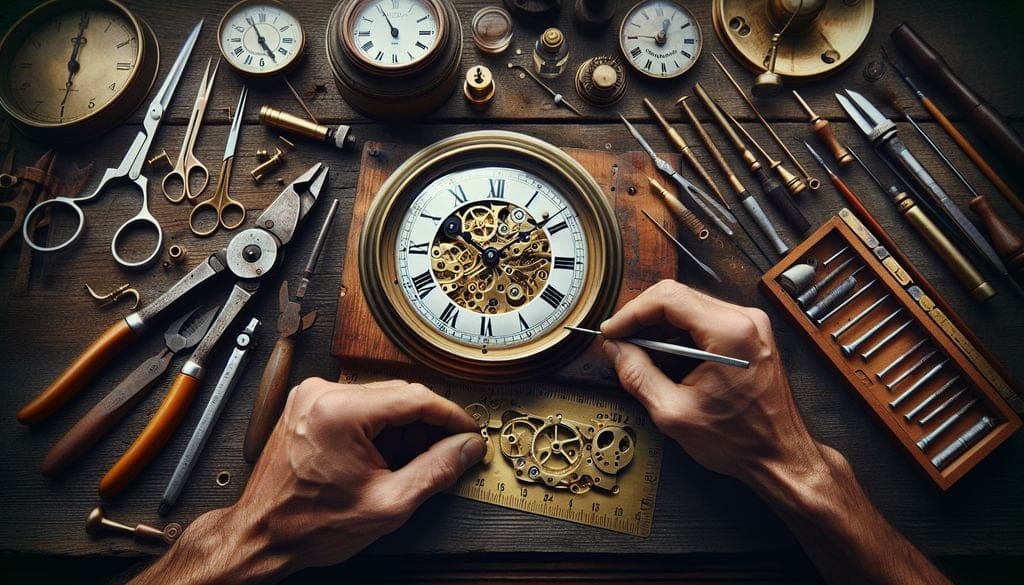
In conclusion, restoring antique watches requires a delicate balance of skill, patience, and attention to detail. It is a process that requires proper tools, techniques, and a deep understanding of the history and craftsmanship of each timepiece. By following these tips and utilizing the knowledge and expertise of professional watch restoration services, you can ensure that your antique timepiece is restored to its former glory and preserved for generations to come. Remember, restoring antique watches is not just about fixing a broken item, but also honoring its rich history and cultural significance. So take your time, do it right, and enjoy the beauty of your restored antique watch.
FAQ
What are some common techniques used to restore the appearance of antique watch dials and cases?
Common techniques used to restore the appearance of antique watch dials and cases include cleaning with a soft cloth or brush, polishing with specialized compounds, refinishing the dial or case with paint or enamel, replacing damaged parts like crystals or hands, and re-plating metal surfaces for a fresh look. It is essential to ensure that restoration work is done by skilled professionals to maintain the integrity and value of the antique timepiece.
How can one safely clean and polish the delicate components of an antique watch during the restoration process?
To safely clean and polish delicate components of an antique watch during restoration, use a soft, lint-free cloth to gently wipe away dirt and grime. For tougher stains, use a mild soap solution and a soft brush to clean the surface. Avoid harsh chemicals and abrasive materials that can damage the delicate parts. To polish, use a specialized watch polishing cloth or a gentle metal polish applied with a soft cloth in a circular motion. Take care to protect any fragile or intricate details during the cleaning and polishing process.
What are some tips for sourcing authentic replacement parts for antique watches that may be missing or damaged?
When sourcing authentic replacement parts for antique watches, consider consulting with reputable vintage watch dealers, watchmakers, or specialized online platforms. Research the specific model and era of the watch to ensure compatibility. Look for original manufacturer parts whenever possible, and be cautious of replicas or aftermarket parts that may compromise the watch’s authenticity. Networking within watch enthusiast communities or attending watch fairs can also provide valuable leads. Finally, seek expert advice to verify the authenticity and quality of any replacement parts before making a purchase.
How can one properly lubricate the movement of an antique watch during the restoration process to ensure smooth operation?
To properly lubricate the movement of an antique watch during restoration, one should use high-quality synthetic watch oils applied sparingly to the key pivot points and gears. It is important to avoid over-lubrication as excess oil can attract dust and cause wear over time. Prior to lubricating, the movement should be thoroughly cleaned to remove any dirt or old oil. Proper lubrication will ensure smooth operation and longevity of the watch.
What are some common mistakes to avoid when attempting to restore an antique watch, and how can they be prevented?
Common mistakes when attempting to restore an antique watch include over-polishing, improper cleaning techniques, incorrect parts replacement, and lack of proper knowledge. To prevent these errors, research and understand the specific watch model, seek guidance from experienced professionals or watchmakers, use appropriate tools and techniques, avoid aggressive cleaning solutions, and handle components with care. Prioritize preservation over restoration, and when in doubt, consult experts to ensure the longevity and authenticity of the antique timepiece.

